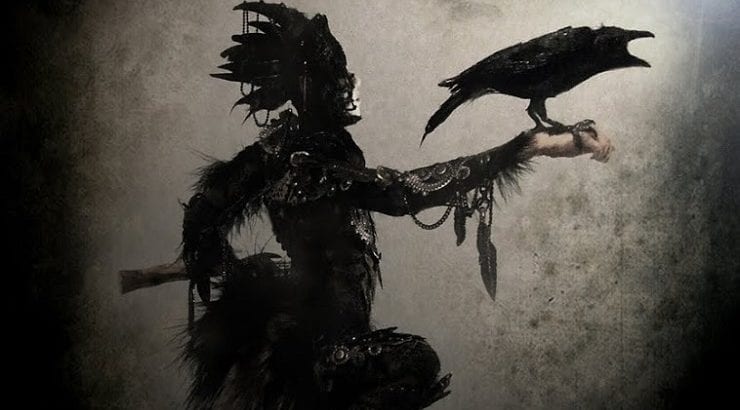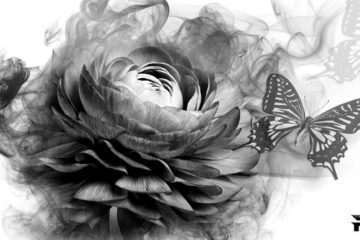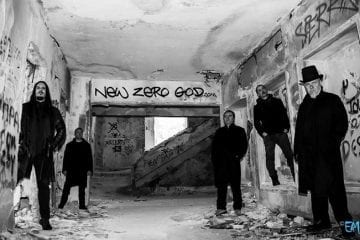There are several examples where a dream changed the course of humanity, mainly through a scientist.
Many times a vision accompanies a big decision or inspires to make it.
In the world of music, it is not uncommon for a dream to be the inspiration for a classic song.
However there are also more booming cases, where the whole piece of music is embodied through a dream.
The most typical case is that of the pre-classical Giuseppe Tartini (1692–1770), and “Devil’s Trill“.
For Ken Hensley, a woman dressed in black was the occasion to write one of the most classic songs in Rock music and one of the most acclaimed by Uriah Heep.
Of course, this is “Lady in Black“, from the band’s second album, “Salisbury” of 1971.
According to the LP notes…
“Lady in Black” was written shortly before “Salisbury” and it was released in November in Bradford and came out of the sight of an unknown girl.
The lyrics are full of symbolism, which still refers to the worship of the Mother-Goddess, one of the most primitive theological – human approaches.
We don’t know if it was inspired by Morrígan * (also known as Mórrígan or Morrígu and today as Mór-Ríoghain), but this deity is worth mentioning, as it has a lot in common with the lyrics written by Hensley.
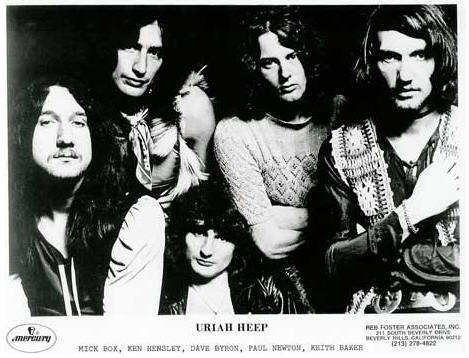
The Morrígan
Morrigan was one of the most famous deities of Irish mythology and her name translates as “the great queen” or “ghost queen“.
She is mainly associated with war and fate, especially with the prediction of a catastrophe, death, or victory in battle.
She has also been given the term “goddess of the earth and sovereignty“, mainly representing the role of the goddess as guardian of the region and its peoples.
With this role, she often appears as a raven, specifically Badb Catha (known as the “raven of the battle“).
Her identification with Morgan le Fay, Arthur’s half-sister, does not apply.
According to the legend, Morrígan urges warriors to fight and can contribute to victory over their enemies.
Often she is depicted washing the blood-stained clothes of those who that their destiny wants them to die in battle.
Her name has caused some controversy among historians.
Maybe Mor comes from an Indo-European root that suggests horror.
A word associated with the old English “maere” (which survives in modern English as “nightmare“) and the Scandinavian and old oriental Slavic “mara” (nightmare).
While “rígan” translates as “queen“.
This etymological sequence can be reconstructed in the proto-Celtic language as “Moro-rīganī-s” (nightmare).
As a result, Morrígan is often translated as “Phantom Queen“.
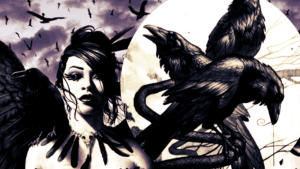
Her appearance…
As mentioned above, Morrígan is mainly associated with war and fate, and is often interpreted as a “goddess of war.”
W. M. Hennessy’s book, “The Ancient Irish Goddess of War”, written in 1870, established this interpretation.
Her appearance in black often foretold the violent death of a warrior, suggesting a connection to a banshee (female spirit).
Her role was not only to be a symbol of impending death but also to influence the course of the war.
She often appeared dressed in black, with a crow flying over her and either causing fear or encouraging the warriors.
Morrígan’s story is long and full of myths …
But the only thing everyone agrees on is that she was always dressed in black and foretold death or success…

Lady In Black
The lyrical part, one of the most poetic in Rock music, talks about a man who returns from a lost war and wanders alone.
Then he meets a black-dressed woman and finds comfort and understanding in her.
Hensley, in an interview, said:
“It’s true that I saw a young girl and she was dressed in black and her hair was” carried away “by the winter wind.
But she didn’t come to me, he just walked down the street outside my hotel in northwest England during a tour.
I immediately picked up my guitar and let my excessive imagination run wild with this vision and, as often happens, I let the lyrics go where they want to go. ”
Just like the girl, she created a beautiful image in the eyes of the creator, with her freedom.
So the lyrics poured out of the artist’s mind (or soul), giving words the carefree shuffling of her hair from the wind.
The musical part is very simple and is not a masterpiece.
But simplicity in itself is the path to musical (and not only) perfection.
Although it is one of the rock ballads, its form is very different.
The song has a more recitative form and there is no change of rhythm during it, not even a solo.
He has had the greatest success in Germany and Russia.
Its covers are many and in many languages with the most interesting, that of 2002 by the Romanian Iris. It also features two members of Uriah Heep, Mick Box, and Bernie Shaw.
It is in Romanian and English, it is called “Doamna in negru“, and the solo was added to it.
In my personal opinion, it is far superior to the standard.
The essence of the song is the need it creates in the listener to search in the depths of his lyrics.
Even if he finds nothing, this journey of the search itself offers mental satisfaction and epistemic richness.


